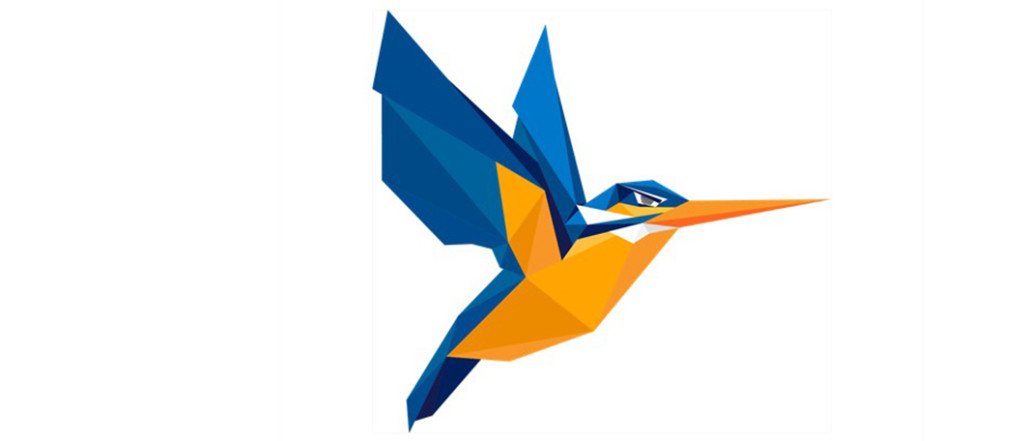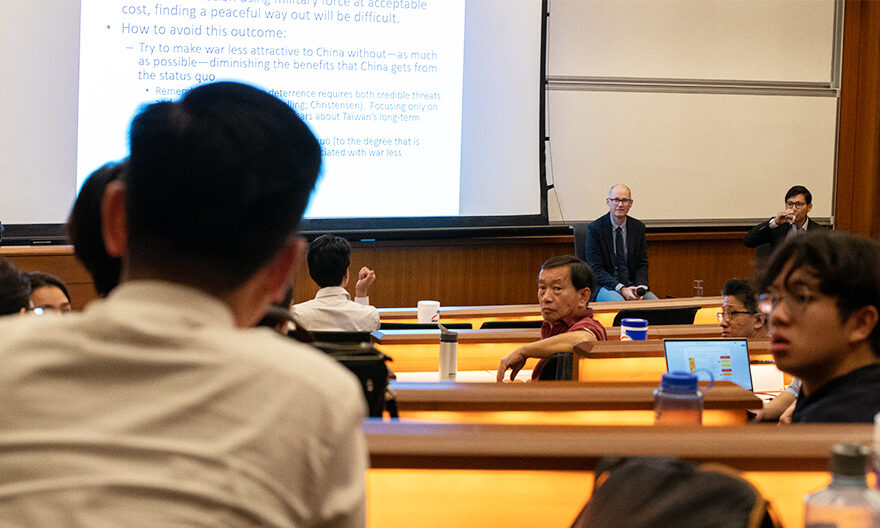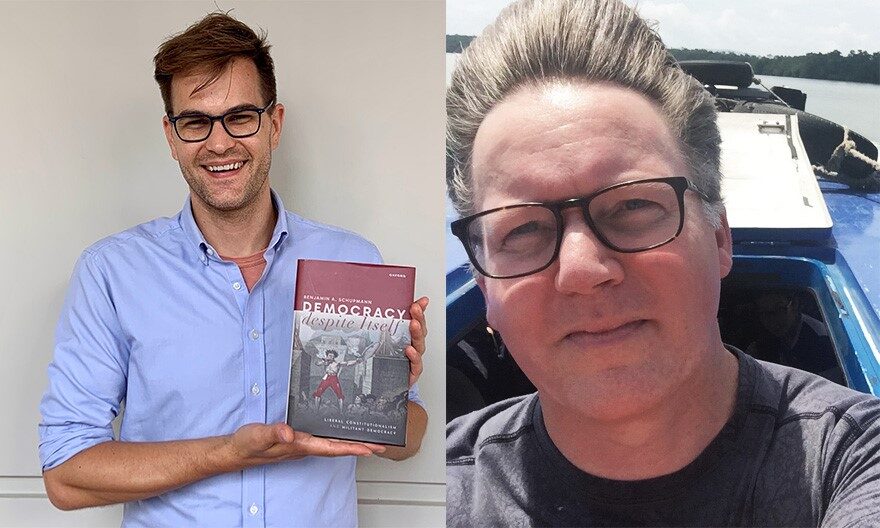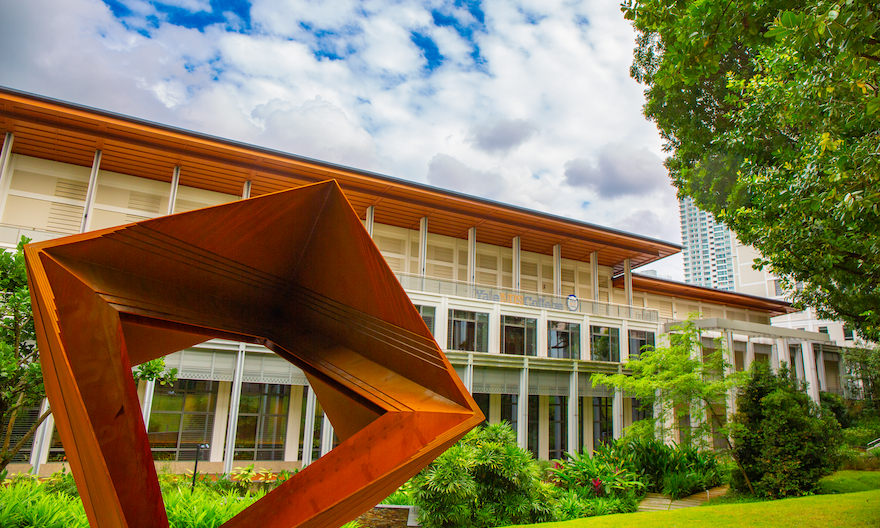Halcyon, the Yale-NUS mascot
 Four years after Yale-NUS College started its first class, the college now has a mascot to call its own. An idea initiated by students in 2015, the work on the development of a mascot to represent Yale-NUS took place over the past two years.
Four years after Yale-NUS College started its first class, the college now has a mascot to call its own. An idea initiated by students in 2015, the work on the development of a mascot to represent Yale-NUS took place over the past two years.
While the mascot started out as a students’ initiative, the whole college community eventually got involved in the process, and provided inputs on the choice of an official mascot to represent Yale-NUS.
On the idea of a mascot, Diamanta Vania Lavi (AY2015/2016 Yale-NUS Student Government) explained that in a campus-wide survey in October 2015, the majority of the student body had expressed their desire to have a mascot as part of the college identity. The students also wanted to have a mascot that could represent the College at athletic games and events.
Diamanta was involved in driving the mascot selection process, where students, faculty and staff were invited to nominate a mascot and participate in the voting process. The kingfisher was eventually selected, and the mascot choice was ratified by the Student Government in April 2016. Design work on the Yale-NUS mascot, Halcyon, soon followed.
Halcyon references a mythical bird, originally derived from Greek mythology and usually identified with a generic grouping of various kingfisher breeds. A carefree, untroubled creature – not unlike the halcyon days one enjoys in college – the Yale-NUS Halcyon was chosen as a representation of the ideals of the Yale-NUS community – Youthfulness, Creativity, Curiosity and an Adventurous Spirit. These kingfishers can be found nesting in Singapore, even though they are considered rare residents in Asia. The kingfisher reflects Yale-NUS College’s location and its commitment to develop a community of learning that is based in Asia, for the world.
With the passing of baton to the next Student Government, Sara Rotenberg (AY2016/17 Yale-NUS Student Government) took over as the key student representative and she was involved in getting students’ inputs during the design process. Sara was also responsible for organising and facilitating focus groups, and creating a report on the feedback for the design.
“Having a mascot creates a concrete sense of community and identity that had not been established at Yale-NUS. Mascots are very prominent at our parent institutions [Yale and the National University of Singapore], so I think many students felt it was a great way to further establish our identity,” said Sara.
Sara enjoyed the collaborative process in seeing the mascot project to fruition, especially how students’ feedback and ideas were taken into consideration during the revisions of the designs. The design phase involved the Student Government and Public Affairs team working closely with a professional design agency – which was appointed to work on the final design of the Yale-NUS Halcyon.
On her experiences working on the mascot project, Diamanta said: “My biggest takeaway from this project is perhaps my realisation of how much Yale-NUS means to the community. To have not only students but also staff and faculty members email me personally about the project, to hear people talk about the mascot in various parts of the campus, to have them so enthusiastically involved in the entire process really highlighted how much the community here cares about the College. This strong sense of community really makes me feel grateful to be in a small liberal arts college like Yale-NUS.”
Diamanta noted that one of the greatest challenges working on the project was the tight timeline to finalise the mascot before the inaugural Class of 2017 graduates in 2017. She added that as a member of the inaugural Class of 2017, she is excited that the mascot will be ready before her graduation in May.
“I think it would be a very meaningful closure as I end my journey here at Yale-NUS, [the mascot] is a representation of what the Yale-NUS community means and the legacy that I managed to leave behind.”




